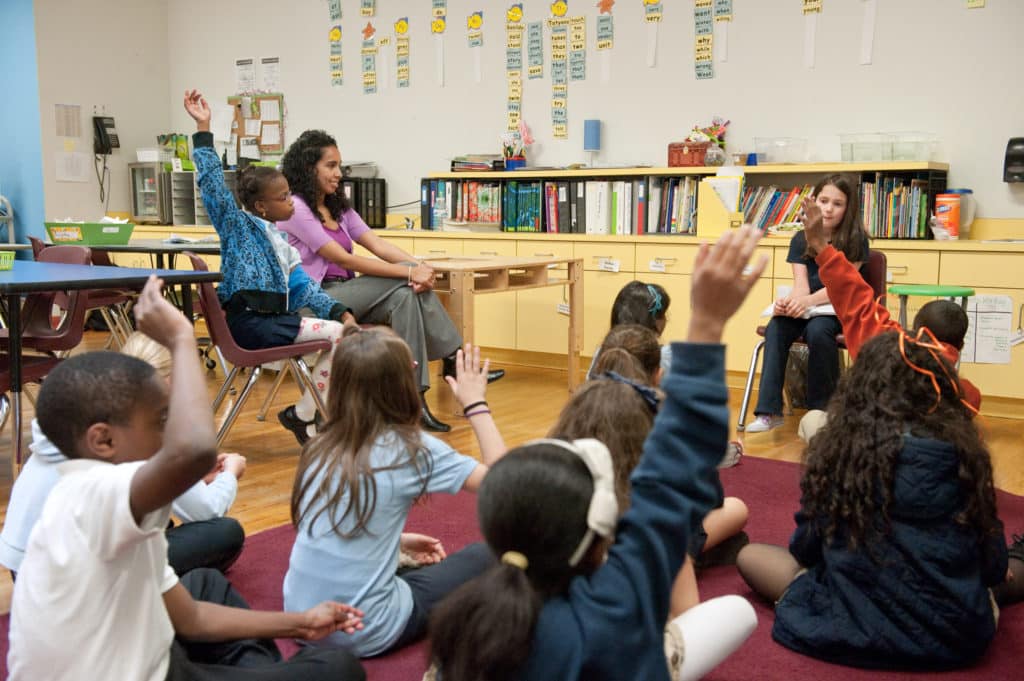
Does this sound familiar? You teach your students classroom routines at the beginning of the year and watch as they integrate these new routines into their learning, but for some reason – either because they’ve forgotten it or never quite understood it in the first place — a certain routine doesn’t quite stick.
If you recognize this scenario, you’re not alone. Most educators have had this experience at one point or another. We all want our students to remember the routines that we teach them, both because it makes managing the classroom smoother and because it helps each student reach their fullest potential. But it may be unrealistic to expect students to maintain the standards you’ve set without support from you. An effective teaching strategy for providing that support is to revisit routines with students.
When revisiting routines, it can be tempting to go back through them and re-introduce them without going through each step in detail. But think about it this way: you are going through them again for a reason. It is essential to go through them thoroughly and break them down into manageable parts for students.
A great tool for breaking down and teaching routines step-by-step is Interactive Modeling. This practice is simple and direct and is a non-negotiable way to teach routines that will help keep the classroom running smoothly and safely.
One way to prepare to reteach a routine to students is to consider how the routine was originally introduced. What parts are students most likely to forget? What are some ways to enhance those steps, so students are clear on the expectations?
These are the best times to be proactive and reactive and revisit routines with students:
If students get the sense that we no longer support them as they follow through with the routines that we taught them, they may feel as if they are no longer important. This is why it’s essential to keep routines alive by celebrating students’ successes. For example, use reinforcing language to celebrate when students all place their backpacks in the proper place without reminders.
Remember to also try and make revisiting routines fun, such as by incorporating a chant or an energizer. Rather than feel like a chore for students, our goal should be to help students understand how routines meaningfully support them in learning and achieving more during the school year. Strike a healthy balance between a fun activity and a routine being revisited so students feel engaged without feeling that the fun activity is a bribe for completing the task correctly.
Revisiting routines throughout the school year can empower students in the classroom: when they have a clear understanding of expectations, they will be less reliant on you. Routines can also maximize their learning time and give them a focus that leads to engaged and purposeful learning. This will free you up to engage in the fun parts of teaching, such as having deeper conversations with students and helping them explore new concepts.
Written by Amber Searles, Responsive Classroom Consulting Teacher and Curriculum & Instruction Designer